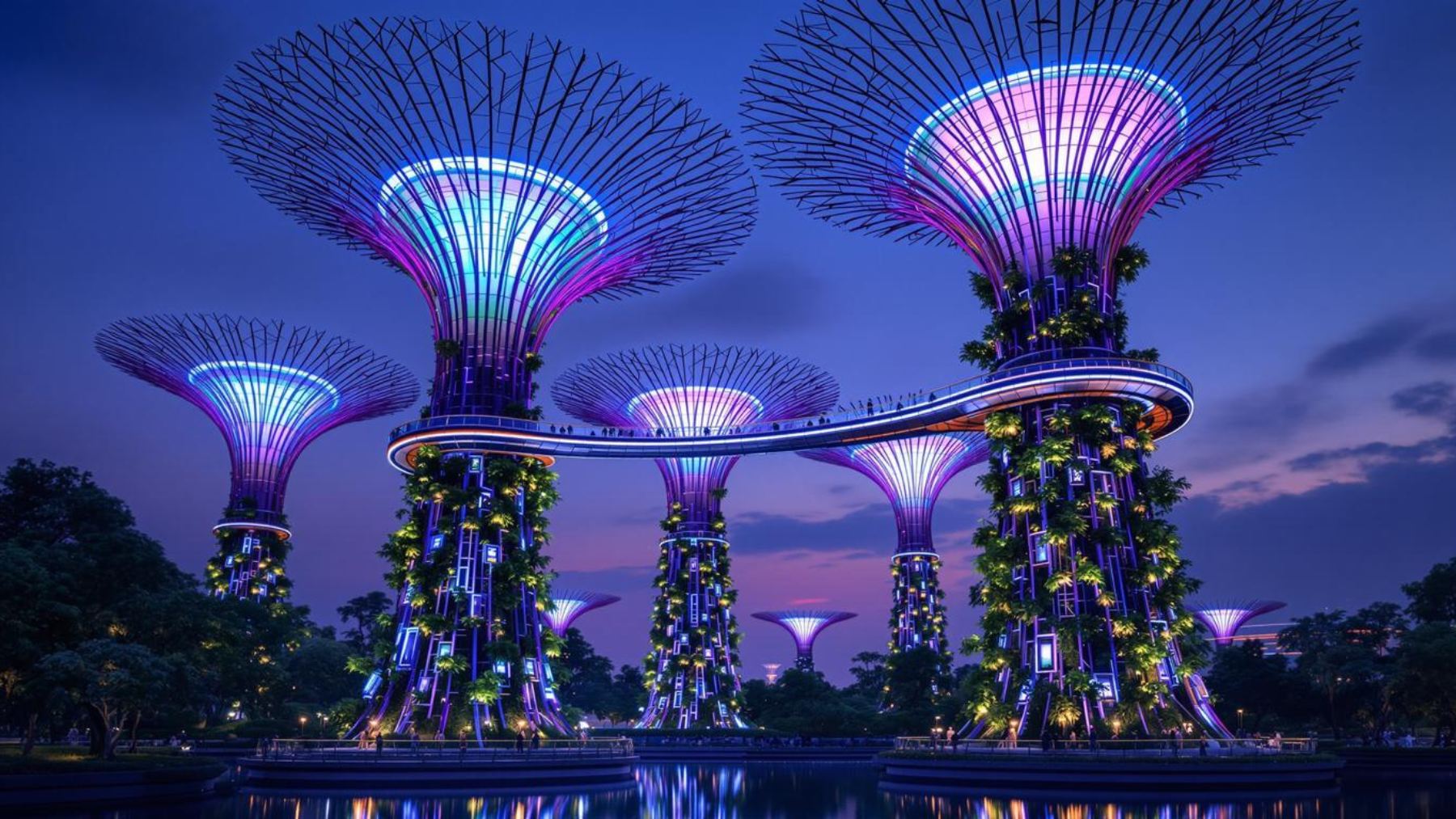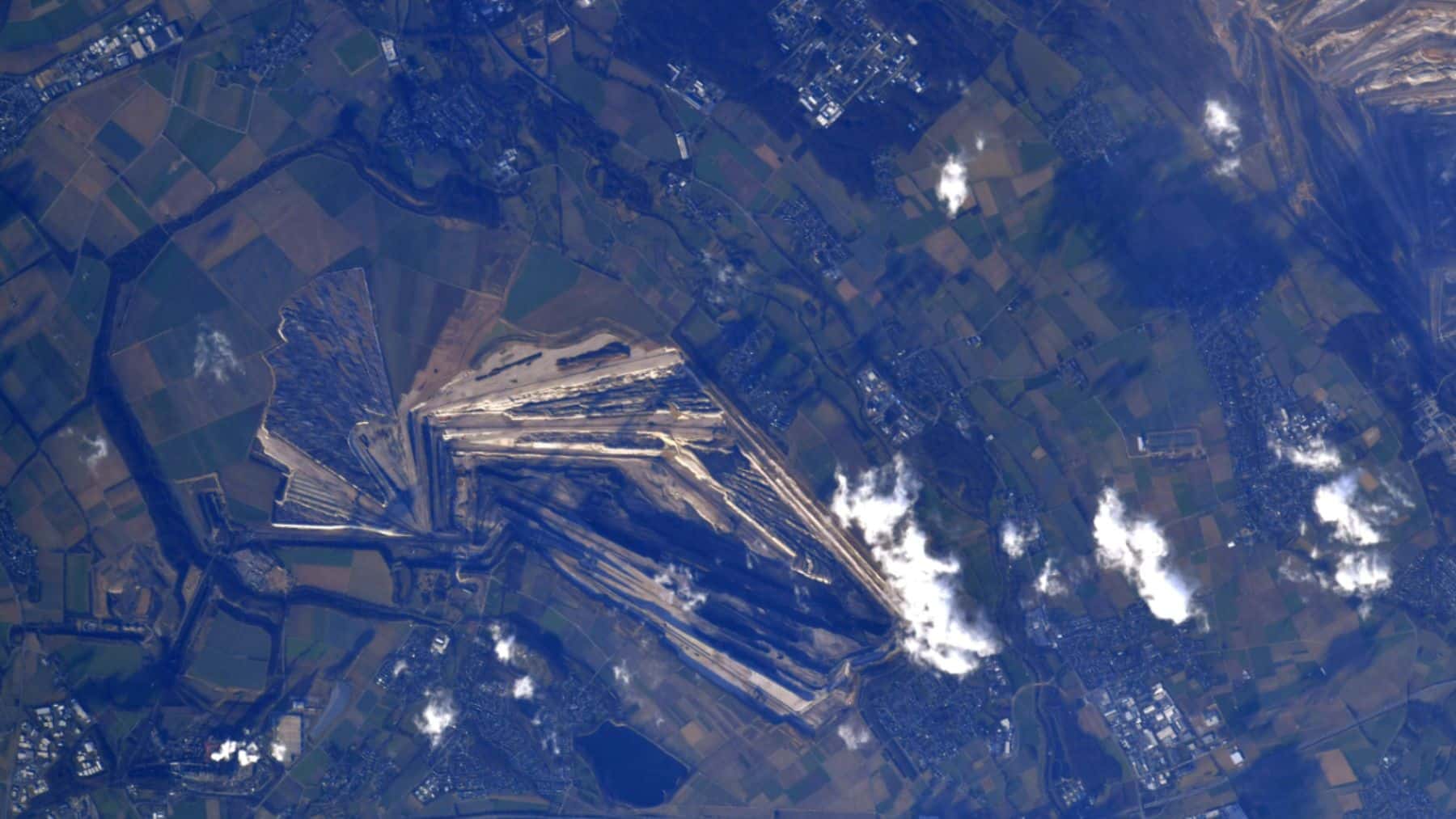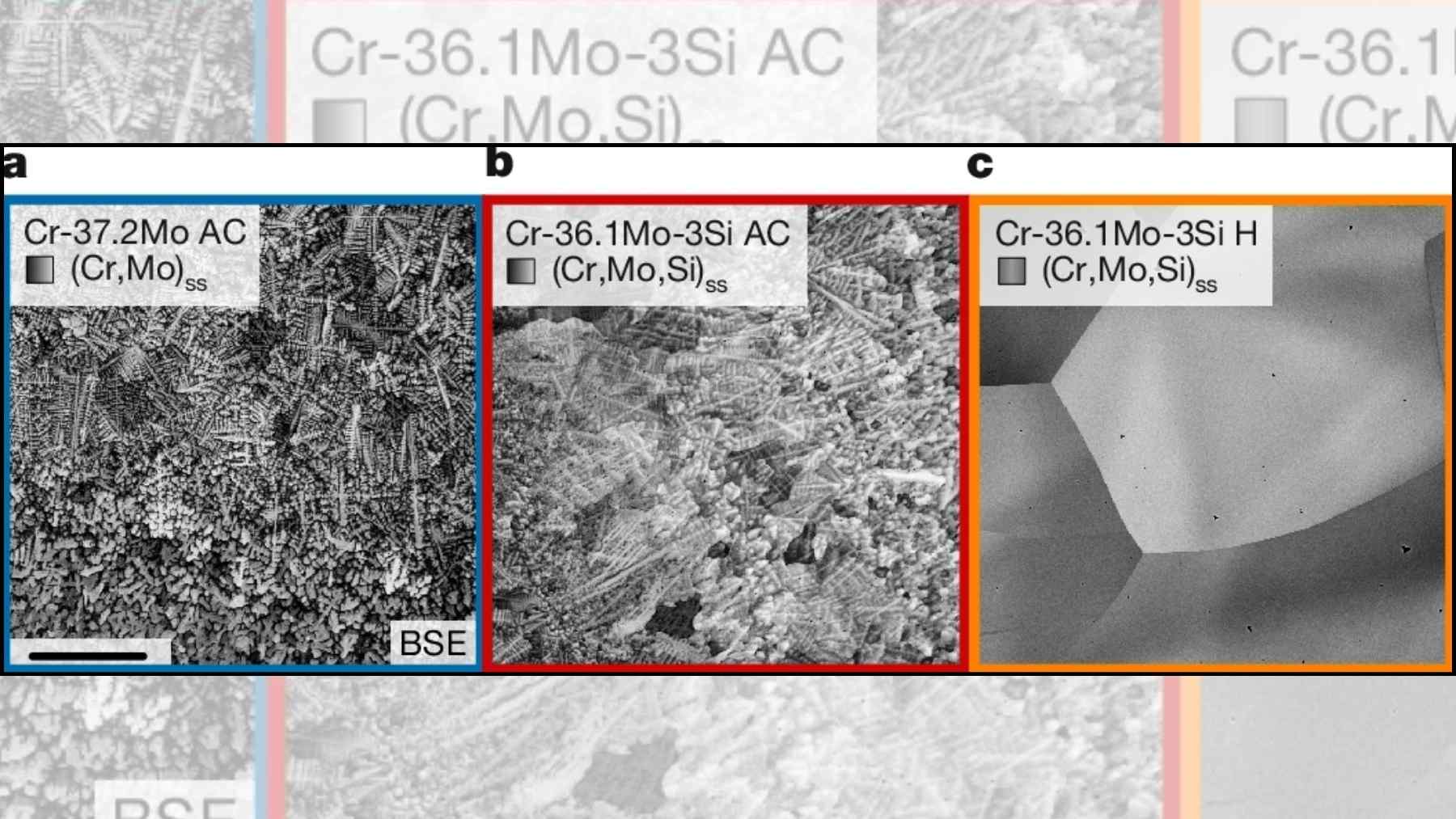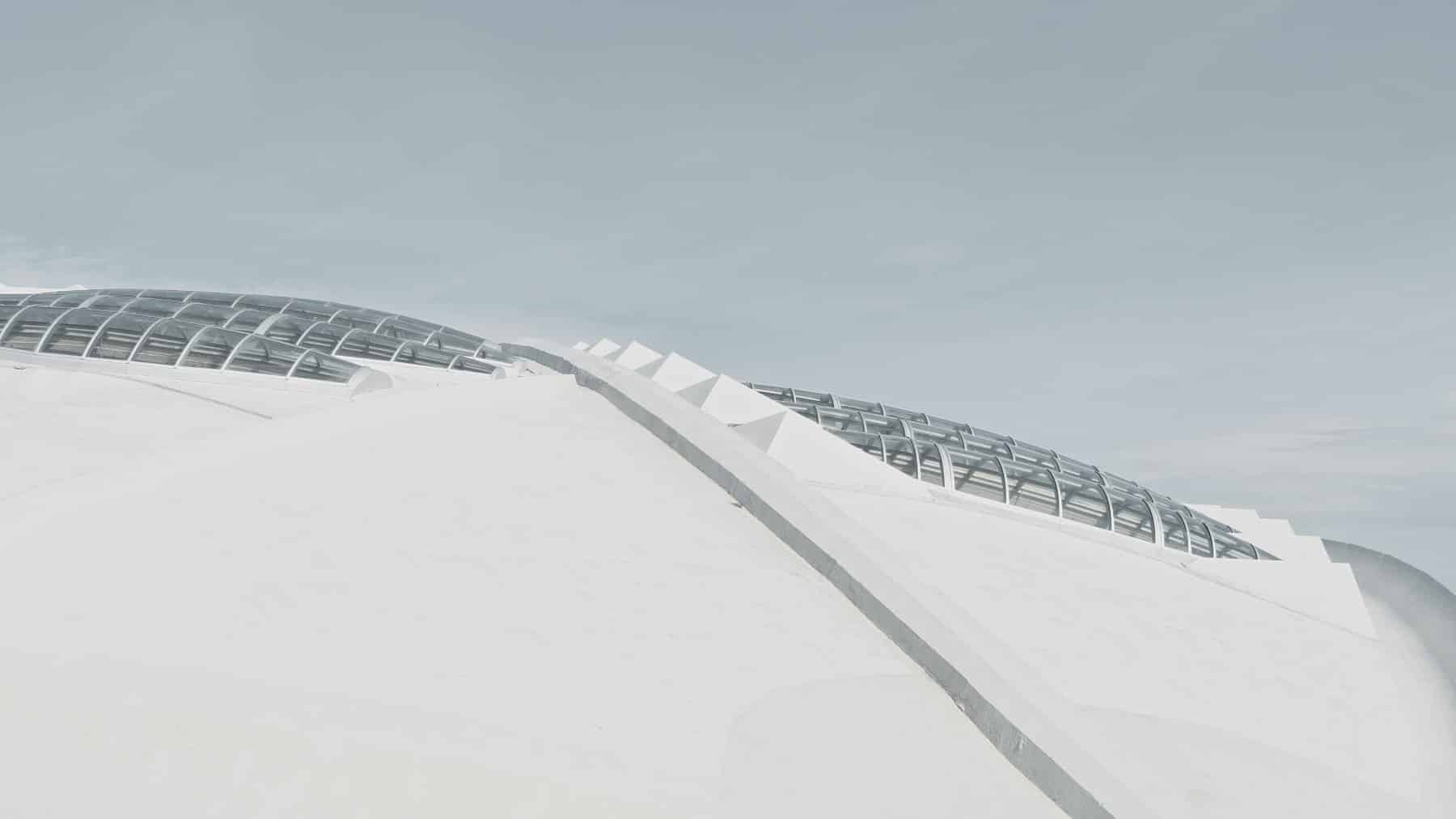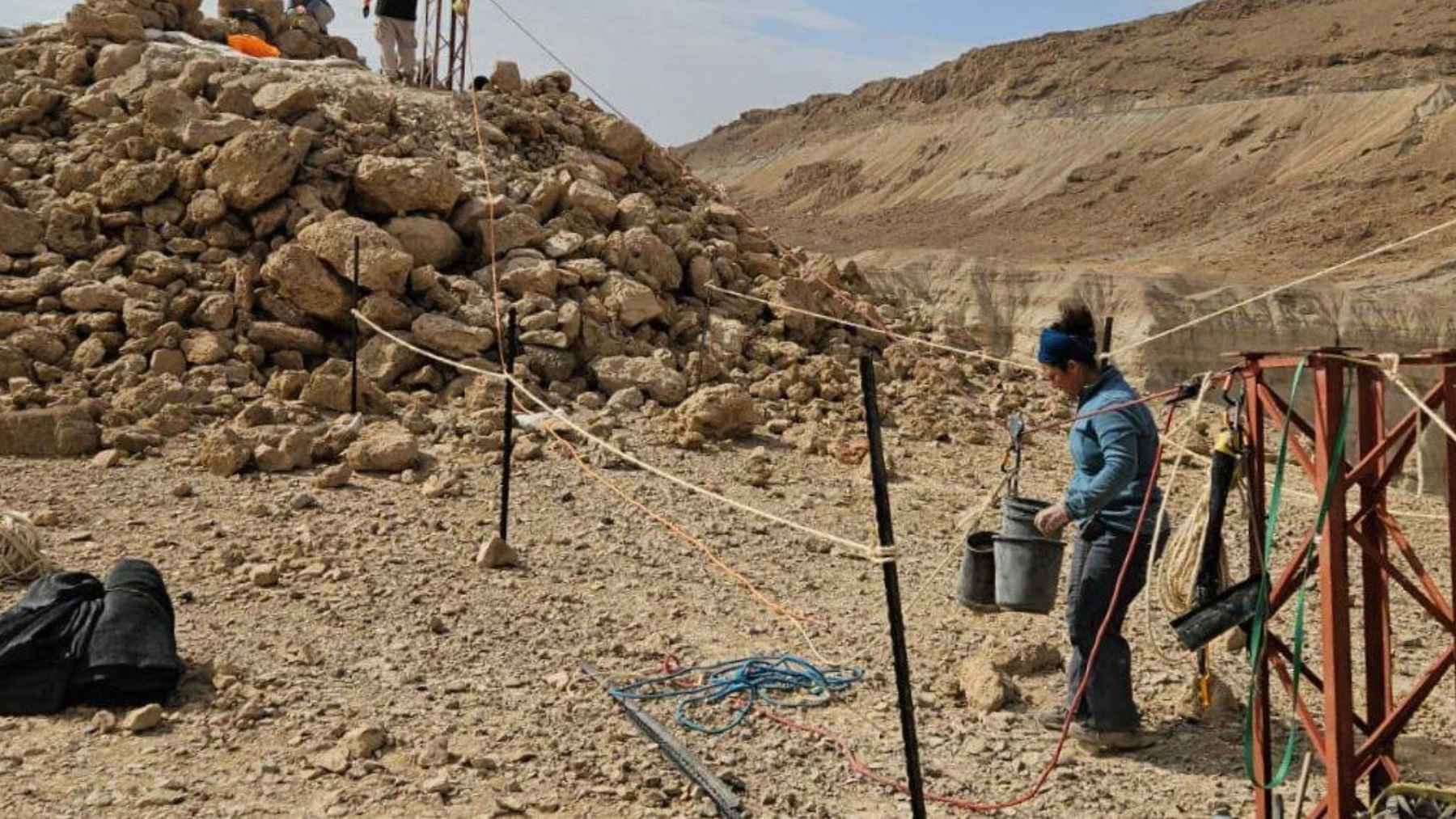Imagine walking beneath colossal structures that look like something out of a science fiction film, except instead of consuming electricity, they generate enough clean energy to power hundreds of homes annually. These structures not only produce energy but also provide shade, regulate temperature, and collect rainwater. Add to that the scent of tropical flowers, the distant sound of running water, and the sight of rare plants from every corner of the planet, like a garden. All this in the middle of one of the densest cities in the world. And, believe it or not, it’s not in an isolated corner of nature, but in the beating heart of an Asian metropolis.
When buildings become power plants and nature moves back into the city
We need to keep in mind that cities are getting hotter, more crowded, and increasingly lacking in green space. In other words, if we want to address the challenges of climate change and growing energy consumption, we need solutions that work in the urban context and are more than just cosmetic fixes. This is where Building-Integrated Photovoltaics (BIPV) comes in as one such solution. Unlike traditional rooftop solar panels, BIPV is incorporated directly into the architecture: in facades, windows, or roofs. This means that buildings not only house people and businesses, but also produce their energy. It:
- Reduces dependence on the electrical grid.
- Eliminates the need for large dedicated areas for solar panels.
- Creates energy-efficient and aesthetically pleasing buildings.
Not stopping there, another pillar of this transformation is Nature-Based Solutions (NBS). These are strategies that use nature as an active part of urban planning: vertical gardens, green roofs, biodiversity corridors, and rainwater harvesting areas. They reduce heat islands, improve air quality, and even make cities more livable and beautiful. When BIPV and NBS combine, the result is a city that not only consumes less but also generates more life.
Gardens by the Bay: Singapore’s solar-powered vertical forests
This is where the protagonist of this story comes in: Gardens by the Bay, in Singapore. At the center of this project is a set of 18 supertrees, structures measuring 25 to 50 meters tall that combine advanced engineering with living ecosystems. Eleven of them are equipped with photovoltaic systems capable of generating up to 67,000 kWh per year, powering the lighting and supporting water systems in the nearby conservatories.
These supertrees function as giant vertical gardens, with vines, tropical flowers, and ferns clinging to their steel structures. Not only that, they also collect rainwater for irrigation and cooling, serve as natural ventilation ducts, and regulate the temperature for visitors below, providing shade in a hot and humid climate. Now, imagine this combination with the floating solar plant that mimics island architecture.
Gardens by the Bay: proof that cities can grow greener without slowing down
More than just a postcard, Gardens by the Bay is a living laboratory showing how urban infrastructure can generate energy, promote biodiversity, and improve quality of life. The project inspires public policies focused on green cities, demonstrates that sustainability and tourism can go hand in hand, and also integrates culture and ecology, with themed gardens that reflect Singapore’s Chinese, Malay, Indian, and colonial roots. According to Lee Kuan Yew, the first prime minister of Singapore:
“The project will showcase what we can do to bring the world of plants to all Singaporeans”
Projects like this prove that cities don’t have to choose between development and sustainability. They can, and should, have both. It’s a reminder that, with vision and planning, we can transform even the most urban space into a living ecosystem. Especially if we want a future where cities are more than concrete and asphalt… Another project to keep an eye on is the first power-generating windows that have arrived in America.
Disclaimer: Our coverage of events affecting companies is purely informative and descriptive. Under no circumstances does it seek to promote an opinion or create a trend, nor can it be taken as investment advice or a recommendation of any kind.
